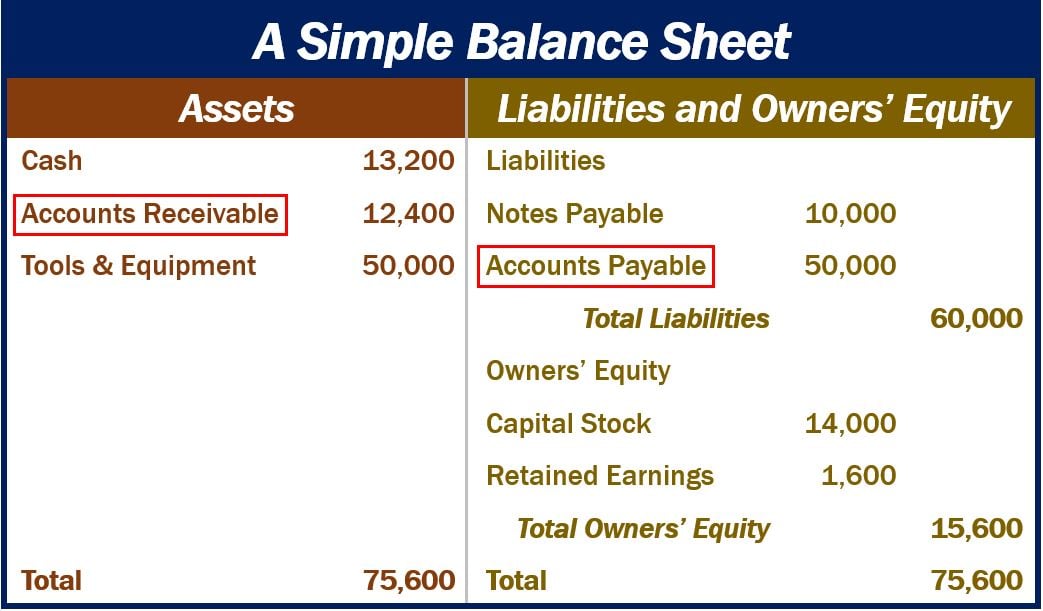Accounts Receivable or A/R is money that a company is owed by, for example, its customers. It is the balance of money that the company expects will come in for goods or services that it delivers.
If your company delivers, for example, wood to customers on credit, it will get paid after a specific period. Credit terms may be for 15, 30, or 90 days. This means that the customer pays 15, 30, or 90 days after the invoice date or delivery date. When a customer has this type of arrangement with a supplier, we say that it ‘purchases goods or services on credit,’ or that the supplier offered the customer ‘trade credit.’
An Example
Let’s imagine that ACME Inc. sells $10,000 of wood to XYZ Furniture Ltd. ACME gives XYZ thirty days to pay.
As soon as ACME receives XYZ’ order and delivers the wood and the invoice, it will reduce its inventory account by $10,000. At the same time, it will also increase its accounts receivable by $10,000.
If XYZ pays on time, i.e., thirty days later, ACME will increase cash by $10,000 while reducing accounts receivable by the same amount.

Accounts receivable vs. accounts payable
The term contrasts with accounts payable, which has the opposite meaning.
Accounts payable or A/P refers to money a company owes its suppliers. In the world of bookkeeping, accounts payable appears as a liability. It shows how much a buyer (customer) owes sellers or suppliers for products or services that it purchased on credit.
All owed money that a company will receive from customers in the near future is accounts receivable, while all money that a company owes its suppliers is accounts payable.
Balance sheet
Both accounts receivable and accounts payable appear on companies’ balance sheets.
Every company has a balance sheet. It summarizes the business’ assets, liabilities, and owner’s equity.
Balance sheets point to a specific moment in time, which is typically the end of a quarter, six-month period, or year.
Accounts receivable – a company department
We also use the term when referring to a department in a company that is in charge of sending invoices and collecting money from customers (credit control). In small businesses, accounts receivable may consists of just one person.
For example, if a person at XYZ Furniture Ltd. (customer) wants to talk to somebody at ACME (supplier) about an invoice, the ACME receptionist will put them through to accounts receivable.
Efficient management of accounts receivable is critical as it directly influences a company’s cash flow and overall financial health.
